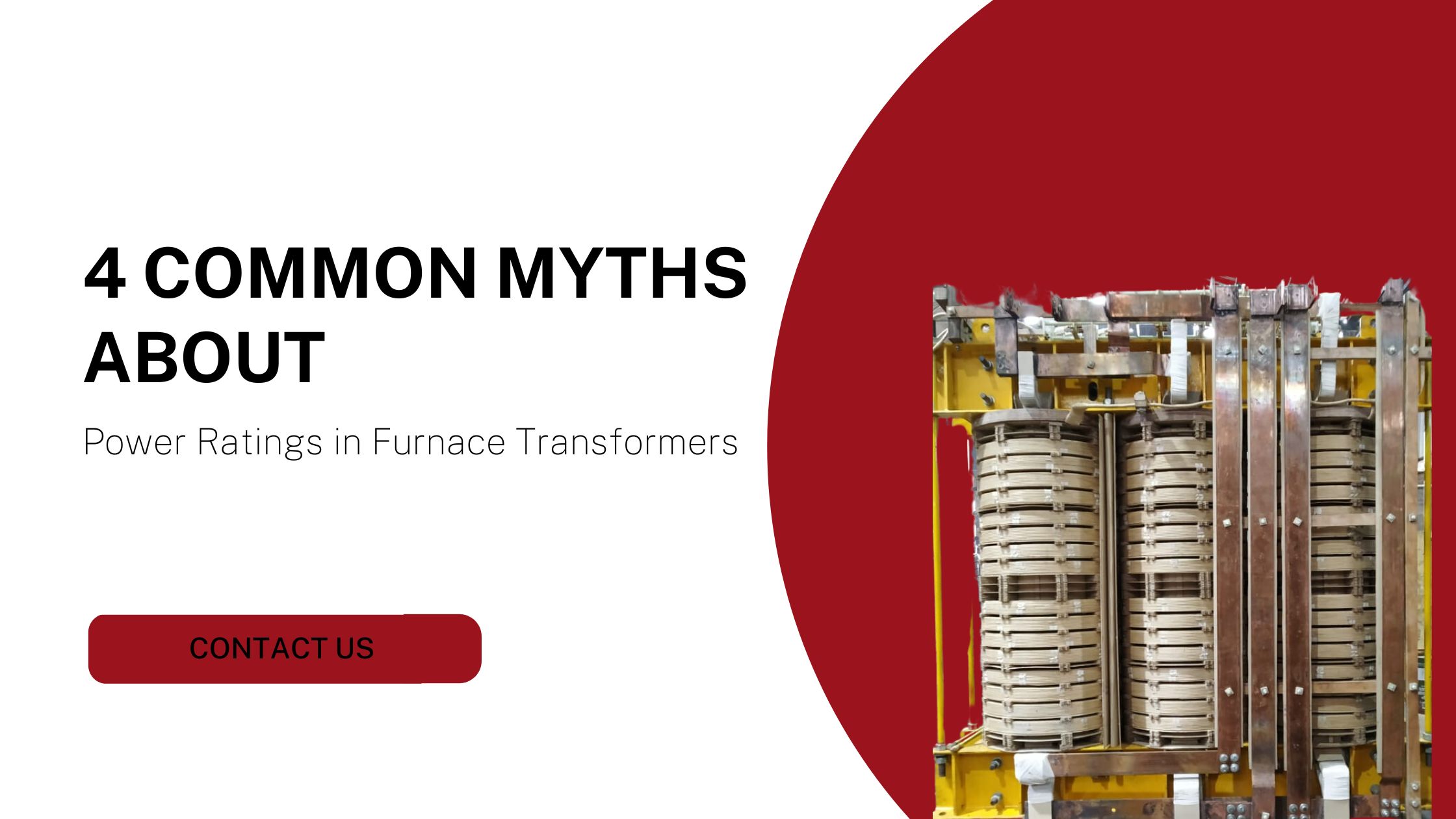Furnace transformer failures shut down entire melting operations. Production managers often rush to oversize replacement units, hoping to prevent future problems. This approach wastes capital and creates new operational issues.
The relationship between power ratings and actual furnace performance involves complex interactions that many users misunderstand.
A clear understanding of these relationships can help prevent costly mistakes in transformer selection and operation.
Here are common myths about power ratings in furnace transformers and their reality:
1. Bigger Always Means Better
The myth of oversizing transformers persists throughout the industry, despite evidence to the contrary.
Running a transformer below its rated capacity actually reduces efficiency and power quality. A 5MVA transformer operating at a 2MVA load wastes energy through increased core losses and poor power factor.
The larger unit also costs more initially and needs more maintenance.
Proper sizing matches
transformer capacity to actual melting requirements, considering both average and peak power demands. This balanced approach optimizes both performance and operating costs.
2. Power Rating Equals Melting Capacity
Furnace output depends on more than just transformer size. Power rating represents theoretical maximum capacity under perfect conditions—real melting operations rarely achieve these ideals.
Factors like charge material quality, operating practices, and power input patterns affect actual melting rates.
For instance, a properly sized 3MVA transformer often outperforms a 4MVA unit when matched correctly to the furnace operating cycle.
Understanding these relationships helps select transformers that deliver optimal melting performance without excessive capacity.
3. Voltage Doesn't Matter if Power is Adequate
Secondary voltage significantly impacts melting efficiency independent of power rating. Higher voltages allow longer arcs, improving energy transfer to the melt.
However, excessive voltage stresses refractories and increases electrode consumption.
The optimal voltage varies with furnace size and operating conditions.
Modern furnace transformers use tap changers to adjust voltage throughout the melting cycle, maximizing efficiency at each stage. This dynamic approach delivers better performance than fixed-voltage operation regardless of power rating.
4. Impedance is Just a Technical Detail
Transformer impedance directly affects furnace operation and stability. Low impedance increases available short-circuit current, improving arc stability but stressing
electrical systems.
High impedance limits fault current but can restrict normal operation.
The myth that impedance selection matters only to electrical engineers ignores its practical impact on daily operations.
Proper impedance selection balances operational flexibility with system protection, considering both electrical and process requirements.
Final Thoughts
Understanding these power rating relationships can help you make better transformer decisions.
Our experience in
furnace transformer manufacturing helps customers optimize their melting operations through proper equipment selection.
Makpower design each unit considering actual operating conditions rather than just maximum ratings. This practical approach ensures reliable performance.
If you want to know more, get in touch with us today.

